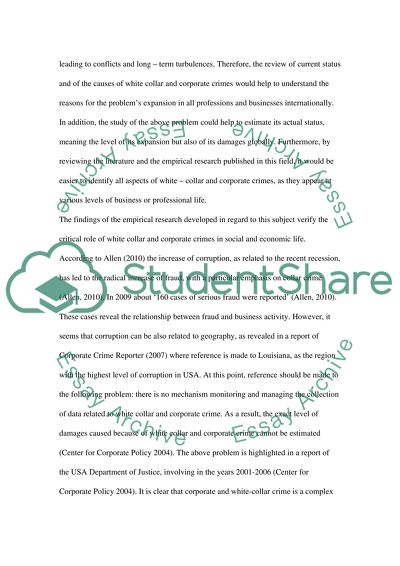Cite this document
(“White collar and corporate crimes Research Paper”, n.d.)
Retrieved from https://studentshare.org/law/1395940-white-collar-and-corporate-crimes
Retrieved from https://studentshare.org/law/1395940-white-collar-and-corporate-crimes
(White Collar and Corporate Crimes Research Paper)
https://studentshare.org/law/1395940-white-collar-and-corporate-crimes.
https://studentshare.org/law/1395940-white-collar-and-corporate-crimes.
“White Collar and Corporate Crimes Research Paper”, n.d. https://studentshare.org/law/1395940-white-collar-and-corporate-crimes.


